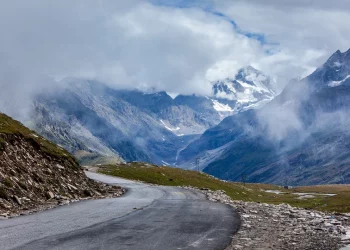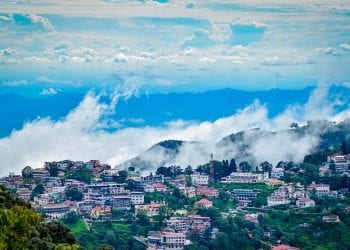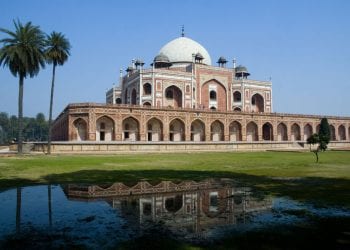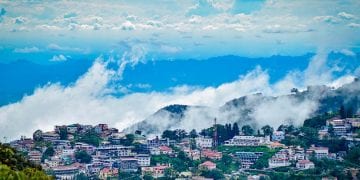A Guide to the City of Nawabs in 2024
Lucknow, the City of Nawabs, is a vibrant cultural hub in North India, renowned for its rich history, architectural marvels, and culinary delights. The best time to visit is from October to March, when the weather is pleasantly cool and perfect for exploring. Whether you’re admiring the grandeur of the Bara Imambara or strolling through the tranquil Gomti Riverfront Park, Lucknow offers a unique blend of historical charm and modern vibrancy. Here’s a guide to seven must-visit places in Lucknow that will make your visit unforgettable.
Husainabad Clock Tower
The Husainabad Clock Tower, built in 1881 by Nawab Hussain Ali Khan, stands as one of Lucknow’s most iconic landmarks. This towering structure, made of red sandstone and marble, is adorned with intricate carvings and is a popular tourist attraction. Its impressive height and design make it a must-see for history enthusiasts and architecture lovers alike.
Ambedkar Park
Inaugurated in 1994 and named after Dr. Bhimrao Ambedkar, Ambedkar Park spans over 30 acres and features statues and fountains dedicated to the architect of the Indian Constitution. The park’s serene environment and well-maintained grounds offer a peaceful retreat from the city’s hustle and bustle, making it a great spot for relaxation.
Gomti Riverfront Park
Located in the heart of Lucknow, Gomti Riverfront Park is a popular spot for both locals and visitors. The park boasts stunning views of the Gomti River and offers amenities such as a walking path, a children’s play area, and a food court. It’s a lively space that hosts various events throughout the year, perfect for enjoying the city’s vibrant atmosphere.
Rumi Darwaza
Rumi Darwaza, an architectural gem built in the 18th century by Nawab Asaf-ud–Daula, is a massive gateway that symbolizes Lucknow’s historical and cultural richness. This grand archway, with its distinctive design, is a key highlight for visitors and provides a glimpse into the city’s past.
British Residency
The British Residency, constructed in 1780, served as the residence of the British Resident General in India. It was a significant site during the Indian Rebellion of 1857. Another important British Residency building on Hazratganj Road, built in 1827, now houses shops and restaurants, reflecting the city’s colonial history.
Bara Imambara
The Bara Imambara, built in the 18th century by Nawab Asaf-ud–Daula, is a renowned religious complex known for its labyrinthine maze, the bhul-bhulaiya. This architectural marvel, designed to employ people during a famine, also includes a mosque and an outer courtyard. It is an important pilgrimage site for Shia Muslims and a fascinating destination for visitors.
Chota Imambara
Also known as Imambara Hussainabad Mubarak, the Chota Imambara was built by Nawab Asaf-ud–Daula in 1784. It serves as a shrine containing the tomb of Asaf-ud–Daula’s wife, Bibi Jawaharunissa. The shrine’s ornate architecture and intricate design make it a popular attraction in Lucknow.
Where to Stay in Lucknow?
We’ll make your search easier if you are looking for some of the best family hotels in Lucknow. Here are our top five recommendations for family hotels in Lucknow.
- OYO Townhouse 973 Jalsa Resort
- SPOT ON 66997 Jc Guest House
- OYO Townhouse 403 Veridian
- Collection O 701622 Hotel Shiva Palace
Conclusion
Lucknow, with its rich historical tapestry and cultural vibrancy, offers a wealth of experiences for visitors. From the majestic Bara Imambara to the serene Gomti Riverfront Park, the city promises an enriching journey through its past and present. Explore these iconic attractions and enjoy the finest Awadhi cuisine, making your stay in the City of Nawabs truly memorable. With OYO’s comfortable accommodations, you can relax and make the most of your Lucknow adventure.
Recent Posts
Top Picks

- OYO
 15 April, 2024
15 April, 2024 - Cultural Tour

- OYO
 15 April, 2024
15 April, 2024 - Cultural Tour

- OYO
 15 April, 2024
15 April, 2024 - Cultural Tour

- OYO
 15 April, 2024
15 April, 2024 - Cultural Tour

- OYO
 15 April, 2024
15 April, 2024 - Cultural Tour

Please rotate your device
Please go back to portrait mode for the best experience



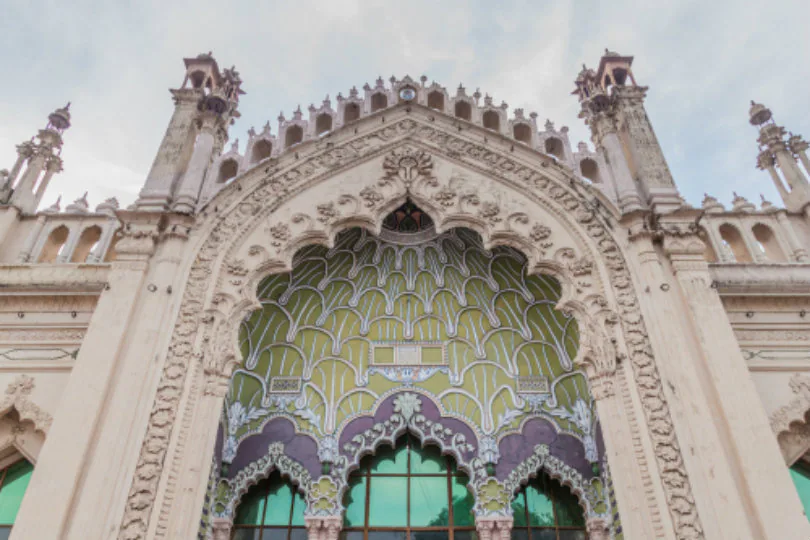

 April 15, 2024
April 15, 2024 